Happy Friday!
Michael Hadley has sent you a link to a blog:
"More Fires in office to put out kept me tied up all morning. But look what I have for you today. Coming to a City Near You. Check this out.”
Do Enjoy! Y.our E.nvironment O.f the W.eek
Thank you Craig Kubicz for Todays yeow suggestion.
[If anyone else has any YEOW’s they’d like to share, please feel free to let me know! Thx] Blog: YEOW!
Post:
Link:
Wacky Buildings on Rise in China
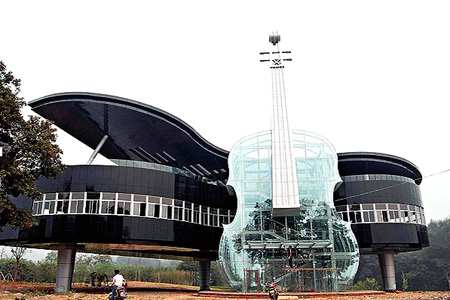 |
An Hui Province's eye-catching "Piano House."
Photo: Xinhuanet |
China caught the world's gaze with its innovative "bird's nest" design for Beijing National Stadium, which took center stage during the Summer Olympics in 2008. And the view has remained riveting as China continues to push architectural design way beyond traditional boundaries.
Clearly, China is going all out to attract more attention -- and the accompanying revenue.
Among the architectural wonders built, planned or under construction: a building in the form of a piano and glass violin, a ping pong paddle-shaped hotel, an airplane-shaped airport terminal, and a comic book museum in the form of massive 3-D speech bubbles.
Plans for the Comics and Animation Museum on the drawing board in Hangzhou challenge the principles of architecture and play with design, perspective and proportion.Hangzhou, 111 miles southwest of Shanghai in Zhejiang Province, is the site of the International Comic and Animation Festival, so it is a fitting home for the planned museum. The museum complex includes eight interlocking buildings shaped like speech balloons. At night they can even "speak": the design calls for images and text to be projected onto their white exterior facades, communicating with pedestrians below.
Netherlands-based architecture firm MVRDV designed the museum so that visitors can take in the entire circular space of each building at once. Each balloon building, from the lobby to the roof terrace restaurant, the comic library, and a choice of three cinemas -- with a total of 1,111 seats, including an IMAX theater -- offers a different interactive experience: blue screen, stop motion, drawing, creating emotions, and a gigantic 3-D zoetrope that produces illusions of action from a rapid succession of static pictures.
The museum will be part of the Comic and Animation Centre, which spans 33 acres and also features a series of hill-shaped buildings, including offices, a hotel and a conference center. The project will consolidate Hangzhou's position as China's animation capital. Construction starts in 2012. The local architect is Zhubo Architectural, and Arup is the engineering designer. Construction is already under way on Shenzhen Bao'an International Airport Terminal 3, which has a design that resembles an aircraft, including fuselage, wings and tail section.
Shenzen airport, in Guangdong Province, along the South China Sea, last year ranked as China's fifth-busiest airport for passenger traffic, handling about 26.7 million passengers, and the airport's expansion is expected to give it the capacity to handle 45 million passengers per year, according to the engineering design firm's website. The project is scheduled for completion in 2012.
China is fusing imagination with its financial and engineering means. China has the landmass, the labor force and the drive to stretch out such wild architectural experiments. Smaller city governments are taking note of Beijing and Shanghai's successes, and following suit.
In An Hui Province's Huainan City, a collaboration between architectural design faculty and students of the local Hefey University of Technology and designers of Huainan Fangkai Decoration Project produced an open grand piano-shaped house, as black and shiny as the coal mined in the region, that contrasts with the giant glassy violin resting against its side. The violin structure houses the escalator.
Here are some unusual and bold buildings either completed or underway in China:
Plans for a Comics and Animation Museum in Hangzhou, southwest of Shangahai in China's Zhejiang Province, call for a series of interconnected buildings designed to resemble speech bubbles. The museum complex is part of a larger development that will span 33 acres and will include offices, a hotel and a conference center.
The ping-pong paddle hotel building will present views of a stadium shaped like a giant unlaced American football, a volleyball-shaped building housing a swimming pool, a soccer ball-shaped gym stadium, and a basketball-shaped stadium. According to Jin Chang, director of Huainan's Municipal Bureau of Sports, this is the "perfect architectural shape for a hotel," which will feature a viewing deck in the racket's handle.
Check out link for more information:



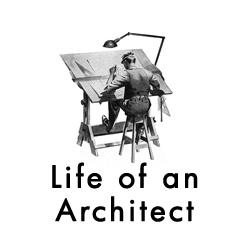





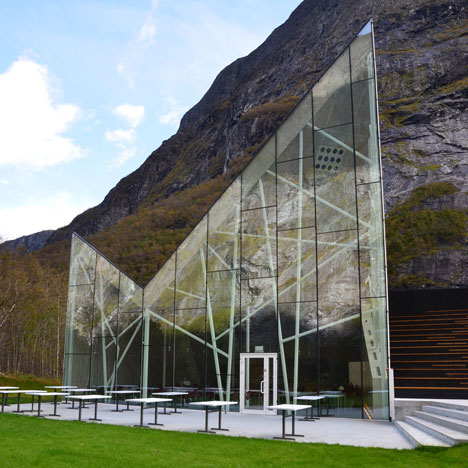
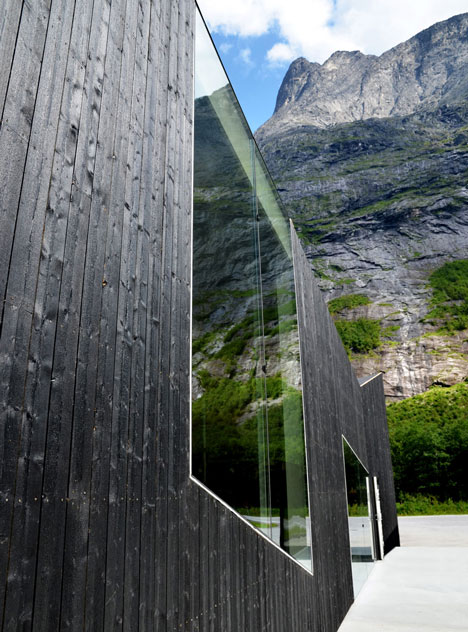
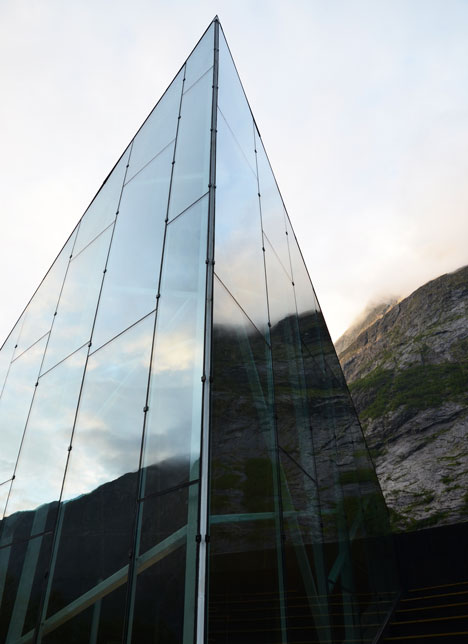



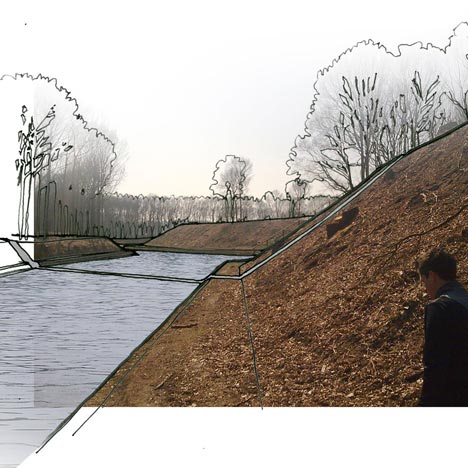

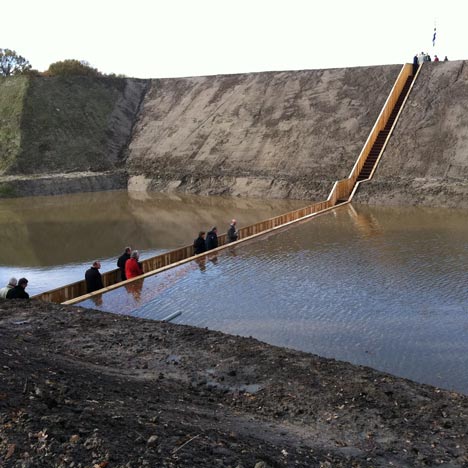

















 [Image: Inside the Picher, Oklahoma, supergrid, by Clint Langevin and Amy Norris].
[Image: Inside the Picher, Oklahoma, supergrid, by Clint Langevin and Amy Norris]. [Images: Photos of waste rock piles in Picher; (top)
[Images: Photos of waste rock piles in Picher; (top) 
 [Images: A wanderer above the sea of white cubes gazes at the Picher supergrid].
[Images: A wanderer above the sea of white cubes gazes at the Picher supergrid]. [Images: inside the supergrid (
[Images: inside the supergrid ( [Images: The model, by
[Images: The model, by